Zanzibar PARADISE: Choose Your ADVENTURE
ZTrans is a registered Local Tour Operator based in Zanzibar, situated in the heart of Stone Town.
We aim to provide our clients, whether they are holiday or business travelers, with personal, high-quality service. ZTrans puts its emphasis on the ability to appeal to a broad range of visitors with our quality travel packages and custom-made tours. Our friendly and highly qualified staff members are most willing to assist you with your travel to Zanzibar and Tanzania.
All of our cars meet international standards so that you can feel comfortable, relaxed and enjoy your trip.
Our prices are affordable and and we offer different seasonal promotions and offers.
Zanzibar and Tanzania Safari TOURS: Choose Your ADVENTURE
VIEW ALL OUR TOURS
-
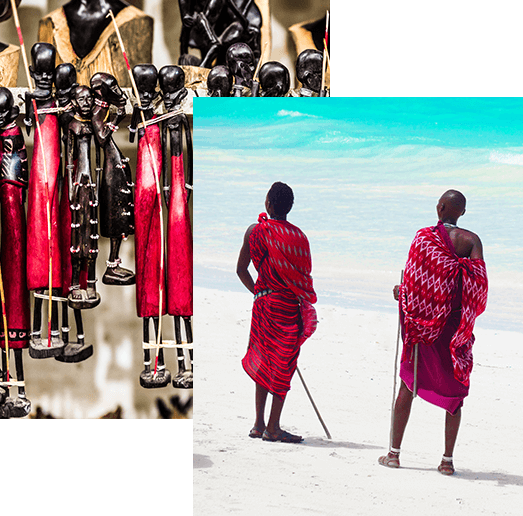
Zanzibar has been home to humans for at least 20,000 years
The presence of microlithic tools attests to 20,000 years of human occupation of Zanzibar. The islands became part of the historical record of the wider world when Arab traders discovered them and used them as a base for voyages between Arabia, India, and Africa. Unguja offered a protected and defensible harbour, so although the archipelago offered few products of value, the Arabs settled at what became Zanzibar City (Stone Town) as a convenient point from which to trade with East African coastal towns. They established garrisons on the islands and built the first mosque in the Southern hemisphere.
-
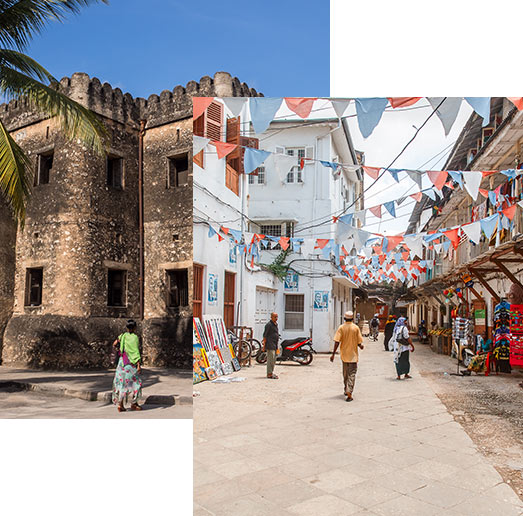
Zanzibar consists of several islands
Often referred to as the “Spice Islands”, the archipelago of Zanzibar is made up of a necklace of islands that bead their way down the shore of East Africa, off the coast of Tanzania.
There’s the main island, which has a UNESCO World Heritage Site for its capital, sister island Pemba, with its extensive clove plantations and the neighbouring Mafia Archipelago, known for its majestic coral reefs and whale sharks.
-
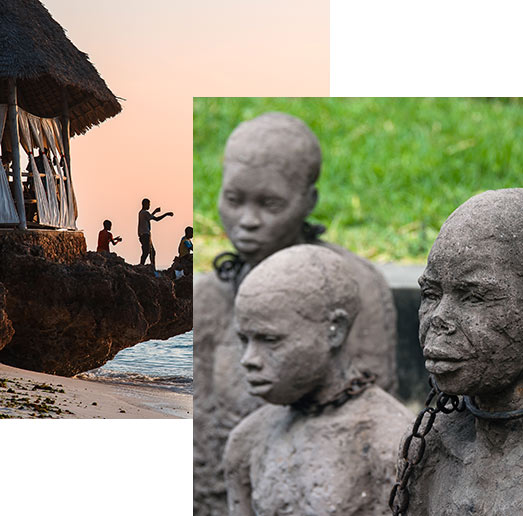
Zanzibar slave market
The Slave Market of Stone Town has been inactive for decades, but memorials provide a remembrance of the horrific acts that once took place here. Visit this site and reflect on the atrocities of the past.
Learn about the important role slavery played in Zanzibar’s history. For nearly 1,000 years, Arab traders travelled to the interior of Africa as far as the Congo, where they purchased or kidnapped healthy young people. The slaves who didn’t perish on the long march to Africa’s eastern coast were put in dhows and transported to Zanzibar for sale.
-
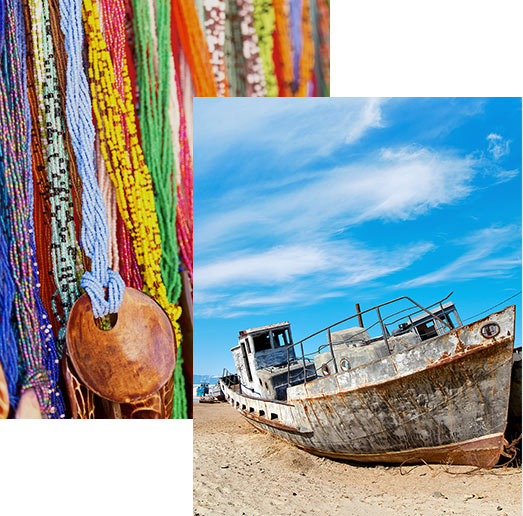
The Island of Zanzibar boasts pristine white sand and tourist resorts
Zanzibar holds a mysterious charm that can be felt throughout the archipelago. If you’ve been dreaming of sipping cocktails on white-sand beaches with swaying palm trees, you should be booking your ticket right now. The best beaches can be found across the island’s coastline.
-
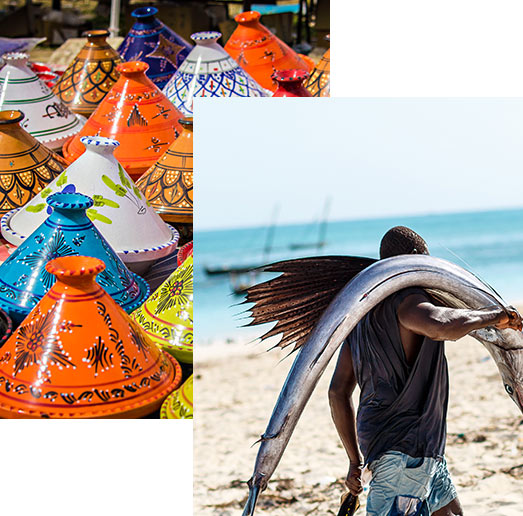
Apart from tourism, Zanzibar is renowned for its spices
Zanzibar, mainly Pemba Island, was once the world’s leading clove producer, but annual clove sales have since plummeted by 80% since the 1970s. Explanations given for this is a fast-moving global market, international competition and a hangover from Tanzania’s failed experiment with socialism in the 1960s and ’70s when the government controlled clove prices and exports. Zanzibar now ranks a distant third with Indonesia supplying 75% of the world’s cloves, compared to Zanzibar’s 7%.
Zanzibar exports spices, seaweed and fine raffia. It also has a large fishing and dugout canoe production. Tourism is a major foreign currency earner.
-
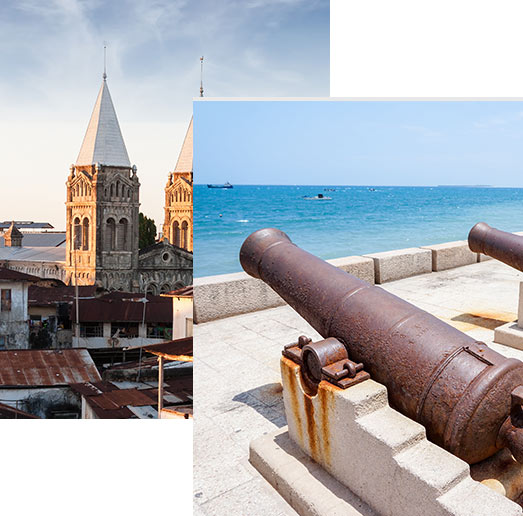
Zanzibar City and its most historic feature is the ancient Stone Town
The capital city, Zanzibar, is divided into two sections: Stone Town, a World Heritage site, and Ngambo. The buildings are predominantly white coral stone with a noticeable Arab architectural style. Balconies in Stone Town surround central courtyards and open-arched rooms to ensure that the interiors are always cool. The exterior doors are intricately carved and inlaid with brass.
Narrow roads meander between buildings some over a century old, leading you to picturesque bazaars with carpenters, jewellers, hawkers, tailors and coffee sellers. Along the island’s eastern shore runs a protective reef, which is as beautiful as it is functional.

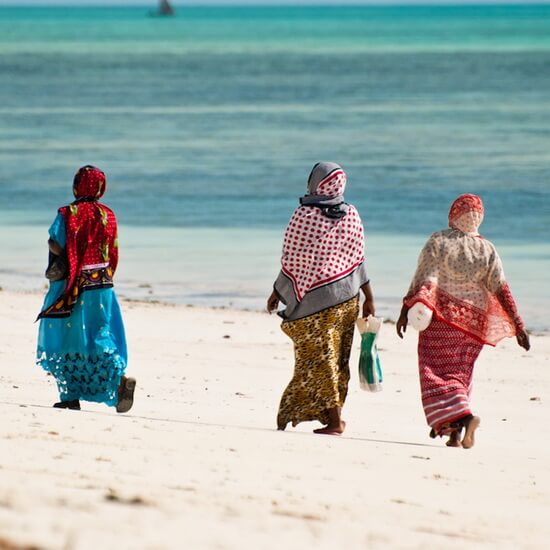

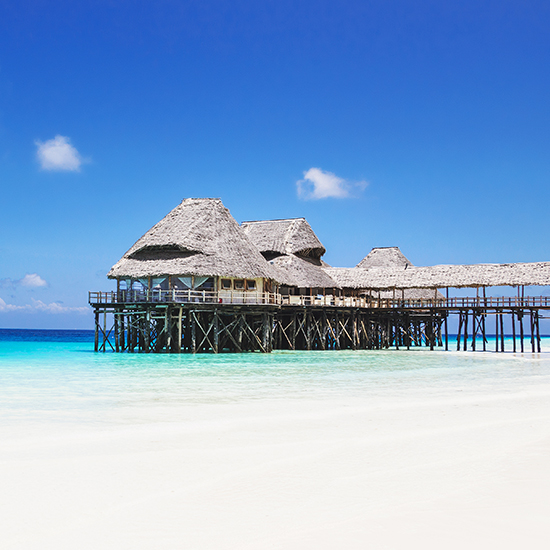




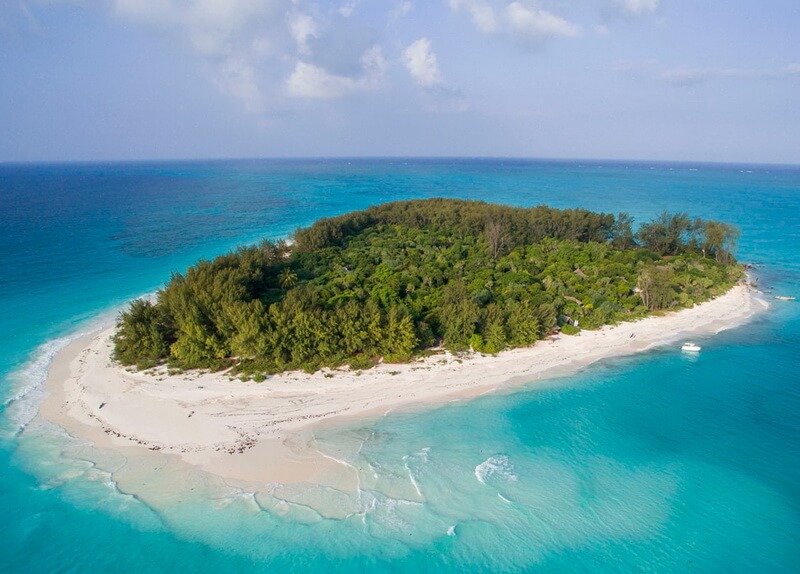












 WhatsApp us
WhatsApp us